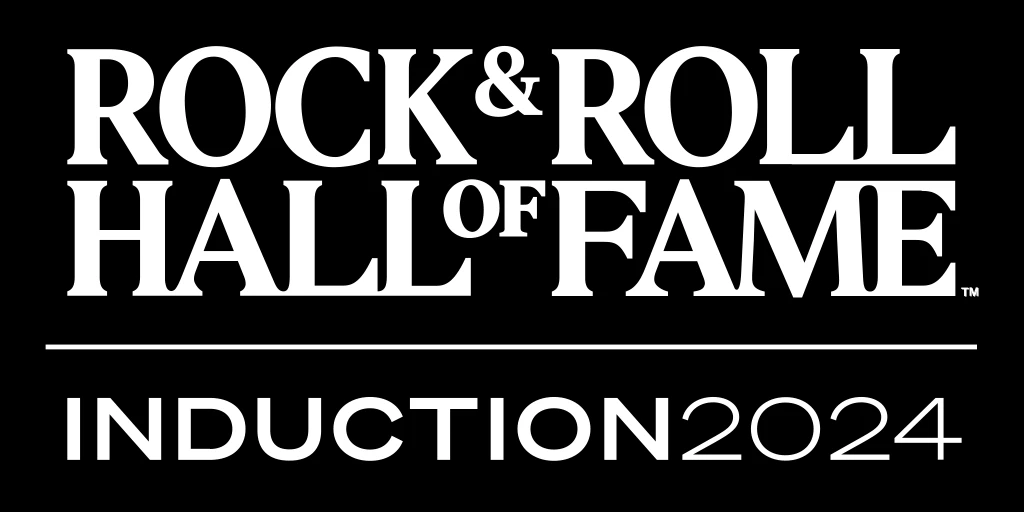The Median U.S. Musician Is Still Making Under $25,000 a Year
Written by broebling on June 27, 2018
Record industry revenue is on the rise. Off the still-rising success of streaming, label executives say they’ve got “money swirling around.” Warner reportedly gave 17-year-old Lil Pump a $8 million record deal. There’s finally profit in music again after two decades of dismal decline.
Yet none of this means much to the average American musician, who is still not getting enough income to cover living expenses, according to a new report. In a survey of 1,227 U.S. musicians released last week by the nonprofit Music Industry Research Association, in partnership with MusiCares and the Princeton University Survey Research Center, the organization found that the median musician made about $35,000 in 2017, but only $21,300 from music-related sources. According to the American Community Survey, which the U.S. Census Bureau uses to examine all professions across the country, the median U.S. musician made between $20,000 and $25,000 in the period between 2012 to 2016 – meaning that not much has changed at all despite the music industry’s regrowth in the last few years. In addition, 61% of musicians in MIRA’s survey said their music income is not enough to meet their cost of living.
The most common income source for musicians in MIRA’s report was live performances, which garnered the bulk of most musicians’ money, followed by music lessons and performances in a church choir or other religious service. Most musicians also had to pull income from three or more different sources. (Keep in mind that this group includes professional musicians as well as amateurs just starting out.)
The survey’s other findings are largely consistent with prior research in the industry:
- Women made up 34.2 percent of U.S. musicians in 2016, a figure that’s barely budged from what it was in 2010 (35.1 percent) and 1990 (32.9 percent)
- Nearly three-quarters (72 percent) of female musicians report having faced gender discrimination and 67 percent report having experienced sexual harassment, which are rates much higher than the overall figures reported by women in the U.S. (28 percent and 42 percent, respectively)
- More than one in 10 musicians report struggling with suicidal thoughts, compared with 3.5 percent of the general population.
MIRA – which aims to support social science research on issues affecting the music industry – selected its sample of musicians from MusiCares’ client list, directories of music industry personnel maintained by the American List Council and references from other musicians, acknowledging that such a group is not fully representative. But “even with this partial sample, several of the findings from the MIRA Musician Survey raise concerns about the lives and careers of many working musicians,” the organization wrote in its report.





